Do you have a question about the Dolby Laboratories CP500 and is the answer not in the manual?
Overview of the Dolby CP500's features and role in theater sound systems.
Explains the manual's organization and purpose for projectionists.
Details the soft keys, hard keys, and display elements of the CP500.
Discusses password protection for alignment and configuration settings.
Covers the power-up states and the standard current format screen.
Explains how to select different film soundtrack formats using softkeys.
Describes the auto-digital feature for seamless switching to Dolby Digital.
Details the operation and setting of the main fader for volume control.
Details the activation and use of an optional analog auditorium fader.
Explains the mute key function for fading sound down and up.
Discusses integration and control with external automation equipment.
Covers the CP500's emergency bypass mode and its functionality.
Provides methods for manually switching the CP500 to bypass mode.
Introduces features for personalizing the CP500's display and functions.
Guides users on adjusting the contrast of the front panel LCD display.
Details how to adjust the duration of the sound fade-out for the mute function.
Explains how to switch between Standard and Custom format display modes.
Outlines procedures for cleaning projector soundhead optics and solar cells.
Describes the process for calibrating Dolby level for accurate soundtrack decoding.
Emphasizes the importance of keeping film prints clean for optimal sound quality.
Provides steps for diagnosing and resolving sound issues that occur during a performance.
Offers checks for power supply status and LEDs before or after a show.
A reference guide to symptoms, probable causes, and recommended actions for CP500 issues.
Explains how to visually distinguish between Dolby Digital, Analog Stereo, and Mono prints.
Details the use of the Dolby Tone test film for calibrating operating levels.
Describes the Jiffy Test Film for subjective system evaluation and problem identification.
Lists specialized test films for engineers, including alignment and setup procedures.
Explains the history and technology of optical soundtracks in film.
Discusses the introduction and impact of magnetic sound on film.
Details Dolby's role in advancing film sound, including Dolby Stereo.
Covers Dolby SR, Dolby Digital, and Dolby AC-3 techniques.
Discusses how Dolby developments enhance the overall film sound experience.
Refers to system drawings, including the software menu structure.
Refers to system drawings showing circuit card placement and signal paths.
| Brand | Dolby Laboratories |
|---|---|
| Model | CP500 |
| Category | Computer Hardware |
| Language | English |
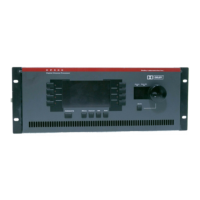
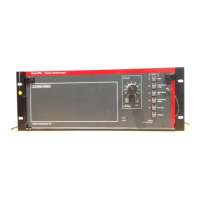
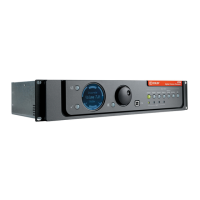
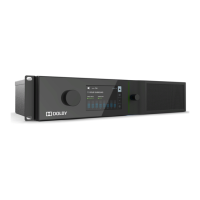


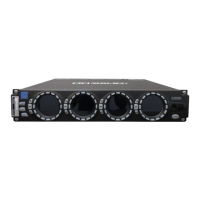


